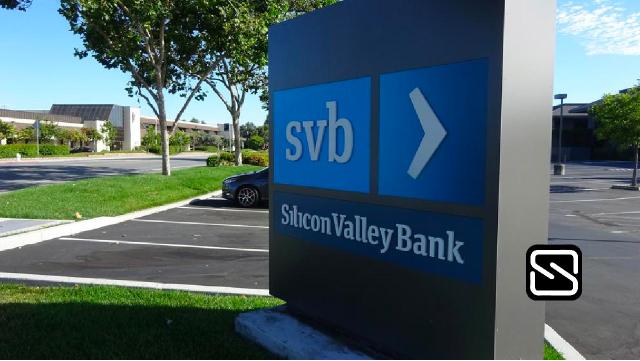SVB Financial Group Files For Chapter 11 Bankruptcy Protection
The Chapter 11 process will allow SVB Financial Group to preserve value as it evaluates strategic alternatives for its prized businesses and assets.
By Staff
A week after Silicon Valley Bank’s abrupt failure, which raised concerns about broader issues with the global banking system, the bank’s parent company filed for Chapter 11 bankruptcy protection on Friday.
The SVB Financial Group’s filing was widely anticipated because a large portion of the business is now under the supervision of banking regulators. The bank was seized last week by the federal government.
The bank, its CEO, and its CFO are named in a class action lawsuit that claims they failed to disclose the risks that future interest rate increases would pose to their business.
Following the Federal Deposit Insurance Corporation’s acquisition of Silicon Valley Bank, SVB Financial Group is no longer associated with the institution. Silicon Valley Bridge Bank, the bank’s successor, was left out of the Chapter 11 filing.
The SVB Financial Group’s bankruptcy filing sets up a legal conflict between the holding company’s creditors and regulators seeking to compensate depositors over the bank’s remaining assets.
SVB Financial Group estimates its liquidity to be around $2.2 billion. It added that it is considering selling additional valuable securities and assets.
“The Chapter 11 process will allow SVB Financial Group to preserve value as it evaluates strategic alternatives for its prized businesses and assets,” William Kosturos, chief restructuring officer for SVB Financial Group, said in a statement.
SVB Securities, a licensed broker-dealer, and SVB Capital, the firm’s venture capital and private credit fund, are among these assets. According to the business, both are still in operation and have funding sources.
According to The Wall Street Journal, a group of distressed debt investors, primarily hedge funds, purchased bonds of Silicon Valley Bank’s holding company in the hope that bondholders would receive some proceeds after the bankruptcy process was over.
The failure of Silicon Valley Bank on March 10 and New York’s Signature Bank two days later brought back memories of the financial crisis that led to the Great Recession in the United States almost 15 years ago.
The Federal Government took action last weekend to protect all bank deposits, even those that went over the FDIC’s $250,000 per individual account cap, in an effort to rebuild public confidence in the banking system.
In the days following the failure of their operations, the parent companies of the failed banks Washington Mutual and IndyMac also filed for bankruptcy protection during the 2008 crisis.
